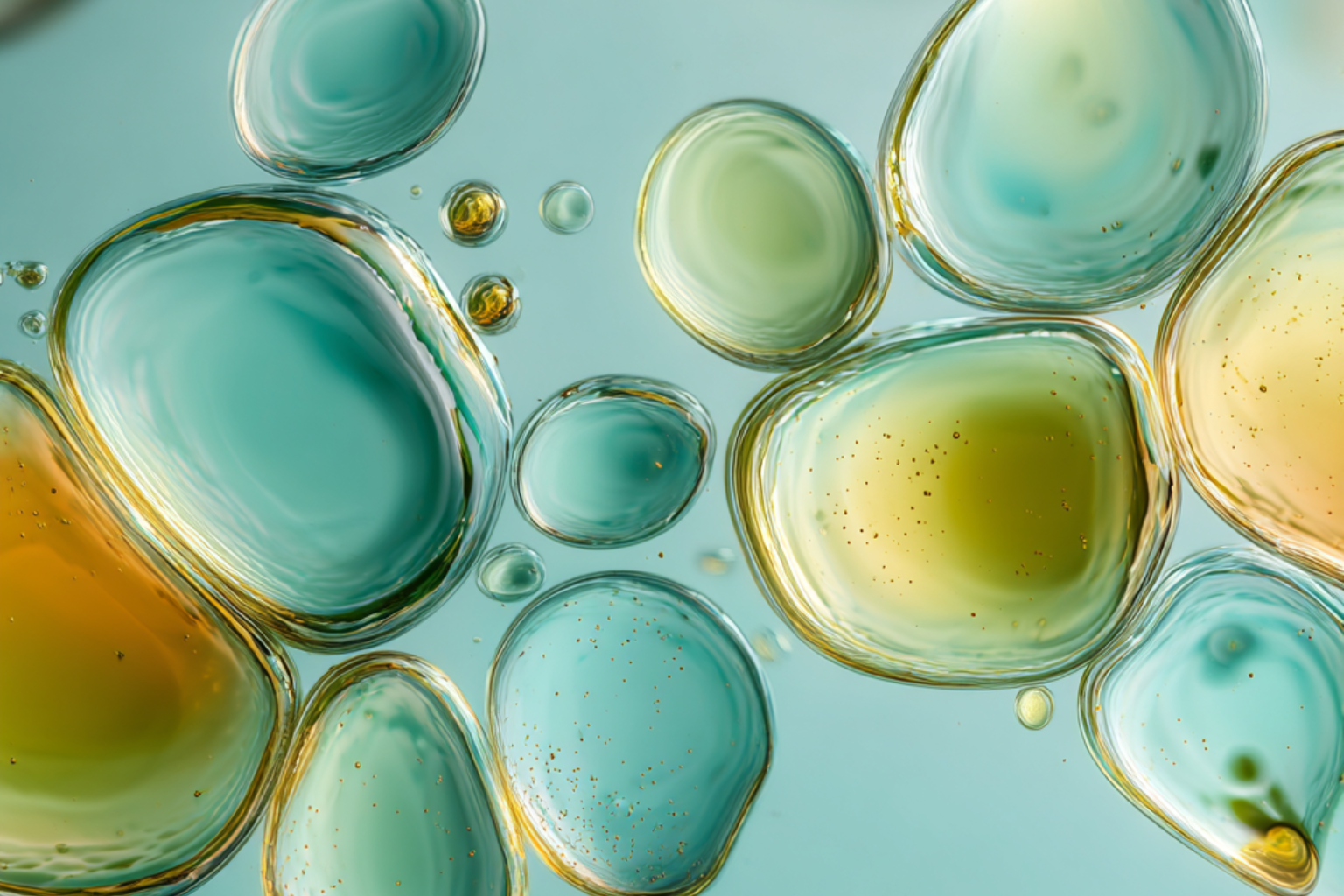What is Estrogen?
Estrogen is a group of naturally occurring sex hormones that play a vital role in regulating the female reproductive system and secondary sex characteristics. The main forms include estrone, estradiol, and estriol. While essential in the human body, excess estrogen and synthetic estrogen-like compounds (often referred to as endocrine disruptors) can become harmful when they enter our drinking water supply.
What are the health effects of Estrogen in water?
Exposure to estrogen-contaminated drinking water has been linked to serious health concerns. Studies indicate that estrogen and estrogen-mimicking compounds can act as endocrine disruptors, interfering with hormone regulation in both men and women. Documented risks include:
-
Increased risk of hormone-related cancers (such as breast, ovarian, and prostate cancer)【WHO, 2012】
-
Male infertility and reduced sperm quality【European Commission, 2019】
-
Development of breast tissue in males (gynecomastia)
-
Disruption of fetal and child development when exposure occurs during pregnancy or early life
These effects are especially concerning because hormonal disruption can occur even at very low concentrations.
How does Estrogen get into tap water?
Contrary to popular belief, oral contraceptives are not the main source of estrogen in drinking water. The biggest contributors are:
-
Agricultural runoff – animal waste from livestock (particularly cattle farming) contains natural estrogens that enter rivers and groundwater.
-
Pharmaceutical waste – improper disposal of hormone-based medications (through flushing or manufacturing waste).
-
Wastewater treatment limitations – most facilities are not designed to remove hormones or estrogen-like chemicals, meaning trace amounts pass directly into the water supply.
Who is most at risk?
While everyone is vulnerable to the effects of estrogen in water, certain groups face greater risks:
-
Pregnant women and infants – developing fetuses and young children are especially sensitive to hormonal disruptions, which may impact growth and long-term health.
-
Men – exposure has been linked to infertility, reduced testosterone, and breast tissue development.
-
Families living near intensive farming or industrial areas – these regions often experience higher concentrations of estrogen runoff into local water systems.
How to avoid/remove Estrogen from water
Currently, there are no enforceable regulations in the US, UK, Europe, or Australia that set legal limits for estrogen in drinking water, despite widespread concern. This means households must take action themselves.
-
Boiling water does not remove estrogen – in fact, it may concentrate contaminants.
-
Standard jug filters are ineffective – most do not target hormonal compounds.
-
Advanced filtration technology is required – high-performance filters specifically tested against endocrine-disrupting compounds can drastically reduce estrogen in drinking water.
At PuraHome, our advanced multi-stage filtration systems are independently tested to reduce estrogenic compounds. With every glass, you can feel confident you are protecting your family from invisible hormonal threats that standard treatment plants cannot eliminate.





Leave a comment
This site is protected by hCaptcha and the hCaptcha Privacy Policy and Terms of Service apply.